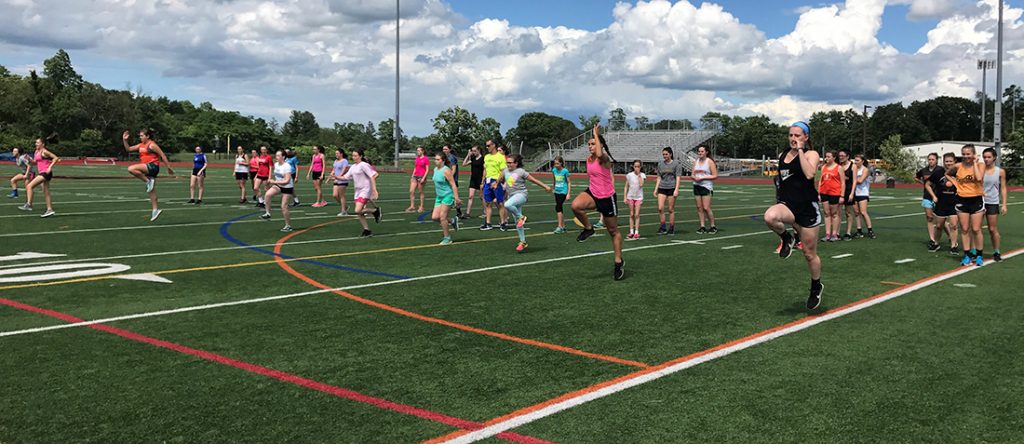Are we learning the principles of athletic movement from the right people?
Bet you are wondering where I am going with this one. This isn’t the first time voicing my opinion about this topic.
It is important to understand that we need to use our athletes as our guiding light. They are trying to tell us; we just have to listen.
One of my favorite things to do is to watch a ball game live or on television and evaluate how athletes move in every situation. I drive myself nuts with this at time. A lot of game action is missed because I am so focused on how athletes are moving their feet, what their hips and shoulders doing, and so on.
All this watching of how athletes move has allows the ability to recognize quickly when athletes are off balance due to a body position. And, know what immediate adjustments they need to make.
Example #1
When the football cornerback is beaten by a receiver making a quick fake cut inside and goes outside or vice versa, it is possible to tell if the corner back is making a mistake just by how he is positioned before the cut. Because understanding the basic principles of movement and how the center of mass is easily affected by shoulder position, hip position, and leg and foot action, allows the ability to make the right call most of the time.
Point #1
Base your learning off what the athletes are telling you with their movements. If they move well, your senses don’t pick up anything. And, if they are consistently moving poorly, the athletes are trying say something with their body language.
This is why I consistently preach to coaches and trainers to become good at understanding the principles of athletic movement. This allows you to make quick adjustment to fix poor movement.
Example #2
Let’s look at something really simple to evaluate, like skipping. When you see an athlete skip incorrectly it is easy to recognize. But can you fix it? Do you understand how to cue the athlete to correctly coordinate the arms and leg to properly perform a skip? If you understand the principles of hopping and stepping, opposition of arm and leg movement, and proper body posture, you should be able to quickly cue an athlete to correct their skipping pattern.
The real test is when an athlete must perform a quick opening of the hips, or maybe a deceleration move and another acceleration move, or a combination of lateral and linear movements. Things happen quickly. You must understand how the athlete should be positioned even before they make a move. Know where the shoulders should be when an athlete is retreating, so you can quickly analyze what was good or bad with their movement.
Point #2
Without going into great depth regarding training techniques, the point is you need to be good at receiving the messages your athletes are sending you. They will tell you what is wrong and never say a word. They use their body language. So, get good at reading it.
To gain a skill set and principles of athletic movement, check out Speed Insiders 6-Month Course.

